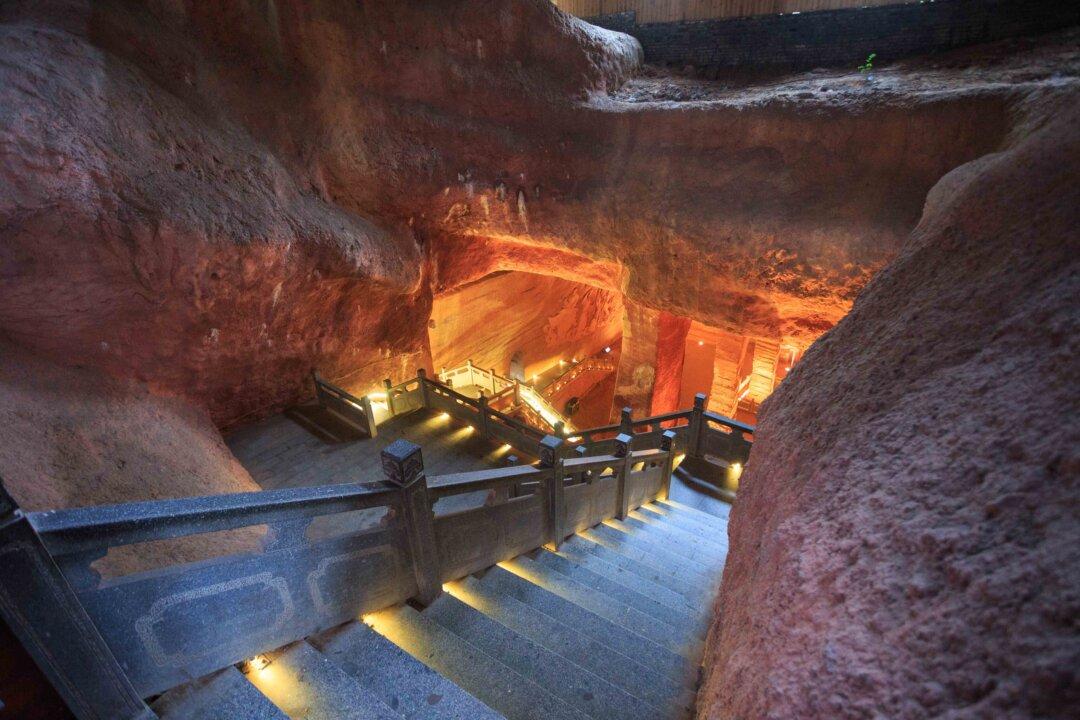The Aztec calendar wheels have been a source of fascination for centuries. It was not just a way to keep time - it was a complete philosophy of time in which every day had a religious significance. They also believed that time went in cycles - ultimately in the repeated destruction and recreation of the world. The universe was viewed as a very delicate equilibrium in constant danger of being disrupted by shifting powers of the gods and of the elemental forces in their lives.
The Aztecs weren’t the only people that thought this way. Many peoples around the world have thought of time as cyclic. The belief in reincarnation, for example, is a reflection of this, as is the idea of karma (“what goes around comes around”). The idea of cycles of time goes back at least 3,000 years, but was probably much older, and was common in Mesoamerica.
The Aztec calendar was a variation of earlier calendars, such as the well-known ancient Mayan calendar. It shared the basic structure of calendars from throughout ancient Mesoamerica. However, unlike the Mayan calendar, which is very precise, the Aztec system was less precise – a certain date could refer to a couple of different times in a year. For this reason, there is disagreement among scholars about when certain events occurred in the Aztec empire.
The calendar consisted of a 365-day calendar cycle called xiuhpohualli (year count) and a 260-day ritual cycle called tonalpohualli (day count). These two cycles together formed a 52-year calendar round. The xiuhpohualli is considered to be the agricultural calendar, since it is based on the sun, and the tonalpohualli is considered to be the sacred calendar.
The Tonalpohualli Calendar





